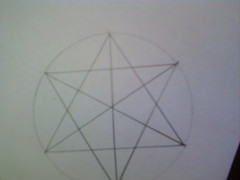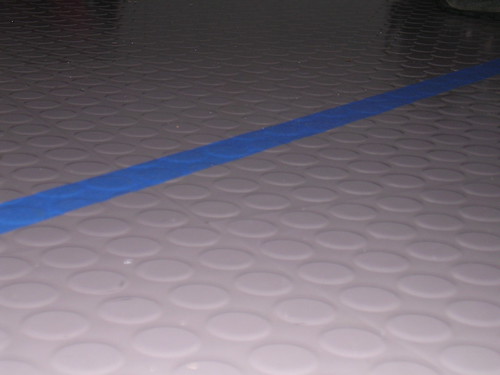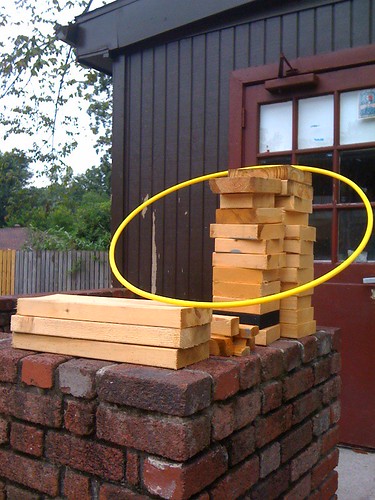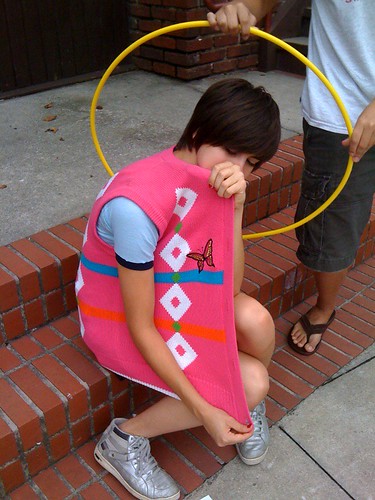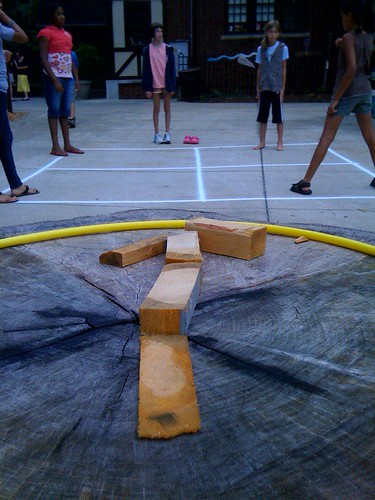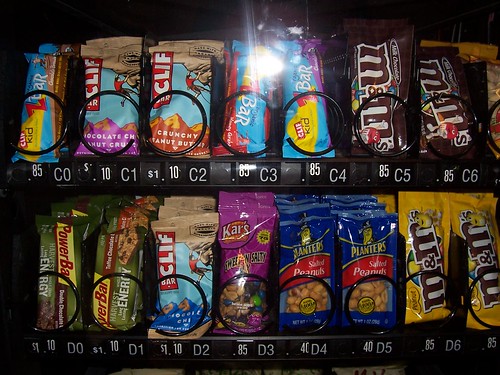
Scribe Post for Sept. 30
Hey everyone, today in class we started out by taking daily quiz #14.
- Daily quiz #14 was focused on finding the measures of unknown angles of certain triangles when given one angle. For example: If triangle ABC is isosceles, and angle A is 80 degrees, what are the other possible measures of angle B?
o To solve this problem we must first think about the information already given. We know that a - the triangle is isosceles (deff. of isosceles triangle: a triangle with two sides/angles equal in length/measure) and b – one of the angles measures 80 degrees.
o There are three possible answers to this problem.
o We can start with the most obvious – since two angles in an isosceles triangle are equal in measure, A=B so B=80 degrees.
o The second way to find the measure of B is to assume A=C. So, A + B + C = 180, therefore 80 + 80 + B = 180. When solved algebraically, the answer is B=20 degrees.
o The final way to find the measure of B is assume that B=C. This equation looks like
80 + B + C = 180. Solved algebraically, B and C both equal 50 degrees.
After taking daily quiz #14 we went over daily quiz #13.
- We discussed finding the answer to the “longest side, shortest side, middle side” problem using the “small parts equal whole parts” method.
- JoJo made a point that just trying to use common sense to find the answer to a problem doesn’t always work.
More info. on the Flickr project:
- It takes a few days for photos to show up on a search after they are uploaded
- The deadline for the Flickr project was pushed back to Friday
- Hopefully everyone has already uploaded/made a Flickr! If not, here is the link: http://www.flickr.com/
Lesson-
The main lesson consisted of JoJo discussing (or preaching…) about the difference between rotation, length and area.
- Rotation: rotation deals with the measure of angles.
- Length: used when measuring the length in units like inches or feet.
- Area: deals with space. Area is used to find how big a plane is using square feet.
We traced our hands on graph paper to demonstrate how difficult it is to find area with no equation. (counting the "little squares" was impossible.
Here are some helpful sights when dealing with area:
http://www.purplemath.com/modules/geoform.htm (this site goes on to talk about volume which we haven’t reached yet, but it has useful information about the different formulas to find the area of different shapes)
http://www.mathleague.com/help/geometry/area.htm (this site consists of formulas to find the areas of different shapes.)
I hope all of this was helpful.
Tomorrow’s scribe is McKenzie.
*note
if the links don't work, purplemath.com is a great site for extra help. If you search "area" all sorts of help pages will come up and you can go from there.
(please excuse the lateness of this post...busy night with lots of work...)

